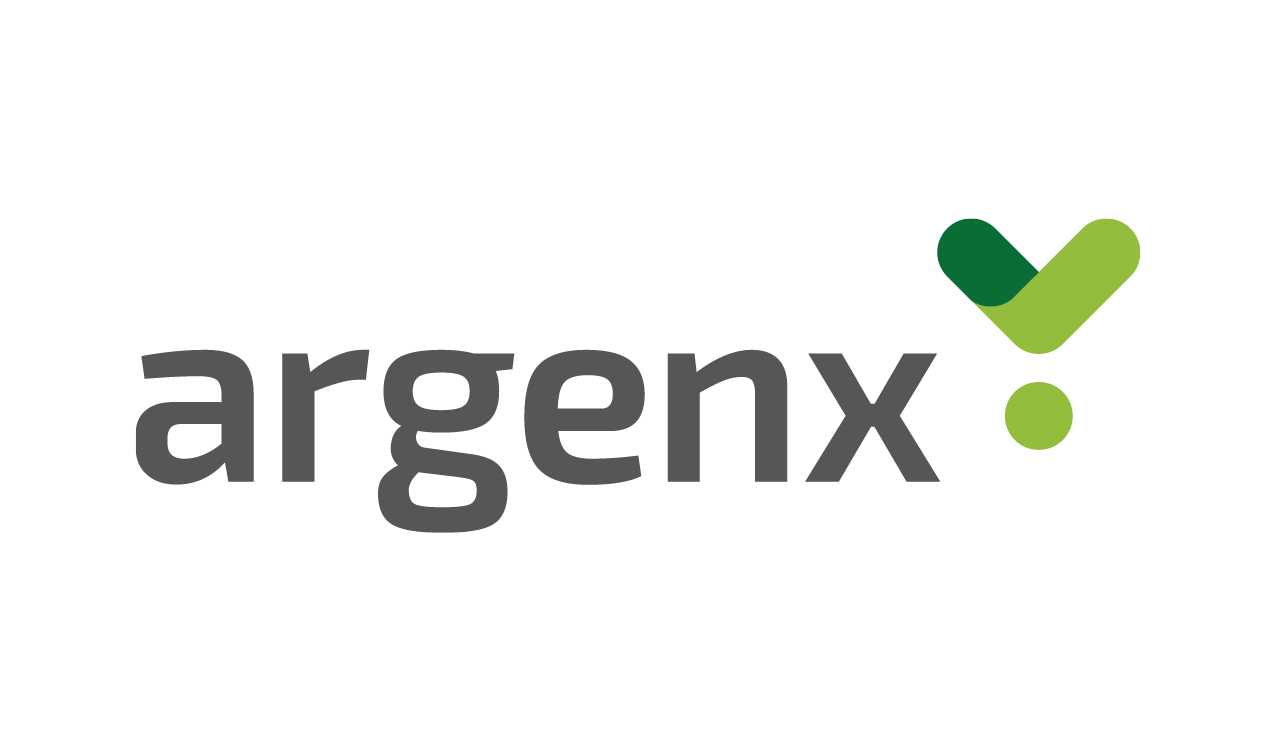Before you watch this webinar
Enhancing your learning experience begins with understanding you better. Collecting data enables us to tailor our educational content specifically for our audience. Discover more about how we handle your information in our Privacy Policy.
Event
Monitoring myasthenia gravis in clinic – choosing outcome measures and their associated interpretations
Our sponsor

This webinar has received sponsorship from argenx UK limited. The sponsor has had no input into the educational content or organisation of the session.
Topics for discussion
Join Dr Channa Hewamadduma, consultant neurologist (Chair), Dr Pablo Garcia-Reitboeck, consultant neurologist and Jude Kings, myasthenia gravis nurse specialist, to discuss the principles behind monitoring patients with MG in clinic. What outcome measures are used and why? How are they administered in practice and what can be derived from the results? Given the move towards remote monitoring of patients, discussion will also revolve around why in-person monitoring is required in MG alongside any monitoring patients could undertake themselves.
Objectives
- Attendees will understand the importance of monitoring patients, which outcome measures are needed and how, taking into account patient preferences, clinicians can choose the best outcome measures for their patients
- The structure of relevant tools and tests will be discussed and attendees will understand how the assessment process takes place including goal setting for patients
- Explore the possibility, feasibility and acceptability of remote monitoring of patients
- Experts will share the importance of and give advice on how best to record the outcome of examinations including information letters for GPs and patient correspondence
- Outcome measures that could be patient self-reported will also be addressed.
Dr Pablo Garcia-Reitboeck slides
Jude Kings slides
Summary
Monitoring myasthenia gravis in clinic – Choosing outcome measures and their associated interpretations
With a number of new and emerging treatments for myasthenia gravis (MG) in the pipeline, there is a need to identify the patients who may benefit from them.
As such, it is important for healthcare professionals working in this area to understand the interpretation and the limitations of the severity scores and outcome measures, said Dr Pablo Garcia-Reitboeck, consultant neurologist at London’s St George’s Hospital. Some, he added, have potential to be used for remote monitoring.
Monitoring MG – At home and in clinic
The MG Activities of Daily Living (MG-ADL), which has been in use for around 25 years, is an eight-item, patient reported scale that asks questions about symptoms and functional status. The total score is 24, with higher scores representing a higher degree of disease burden.
“It is often used in MG trials, traditionally as a secondary endpoint, but more recently as a primary endpoint. It has also been increasingly used in clinical practice, because it's very convenient to use, for patients and clinicians,” said Pablo, adding that it also has potential to be used for remote monitoring.
The Quantitative MG (QMG) score is the gold standard outcome score for MG trials. A mixture of patient-reported symptoms and clinical assessments, it takes around 20 minutes to complete, and requires the use of a dynamometer and a spirometer. “This is impractical in clinics,” said Pablo.
The MG composite score was developed to answer the need for a less time-consuming scoring system in clinic. It takes around five minutes, and again mixes patient-reported symptoms and clinical examination. “I use it in clinic all the time, with the majority of patients,” said Pablo, adding that there was some overlap with MG-ADL questions.
Another patient-reported scale is the MG Quality of Life (MG-QoL) score, though Pablo said there was some debate over what constitutes a meaningful change.
In practice
Pablo presented a number of case studies to demonstrate how using the severity scores can help guide treatment.
One focused on a 73-year-old man who had experienced a myasthenic crisis in July 2022, and a relapse two months later. More recently, he had been weaned off prednisolone completely. Upon review, he completed the MG-ADL and the MG composite scores, which clearly showed he was experiencing symptoms necessitating the re-introduction of a small dose of steroids and continued monitoring.
Case two was a 37-year-old woman who was admitted to intensive care in December 2023. At the time she had high MG-ADL and MG composite scores, but these reduced after intravenous immunoglobulin G (IVIg) treatment. Following discharge, Pablo’s team asked her to complete the MG-ADL weekly, via email, and used this information to guide when IVIg was needed.
There are, however, some limitations to patient-reported scores, Pablo explained. “If there are comorbidities or the patient is a bit older and frailer, the issues they describe may not be symptoms of MG.”
Using outcome measures in MG
The Wessex Neurological Centre, in Southampton, has included patient-reported outcome measures (PROMs) on its My Medical Record (MyMR) app for people living with MG.
The app, said Jude Kings, myasthenia specialist nurse at University Hospital Southampton NHS Foundation Trust, encourages people to co-manage their health by enabling them to contact the team with direct messaging and giving them access to clinic letters, test results, and appointment reminders. They can also access educational resources, and complete three key MG scores: EQ-5D, MG-ADL, and the revised MG Quality of Life-15 (MG-QoL-15r), which measures the patient’s perspective of the impact of MG on their QoL. “It is quick and easy to do, only taking a few minutes,” said Jude.
In practice
Explaining how the team use the app and the score results, Jude set out a case study of a 57-year-old woman who contacted her with worsening symptoms in July 2023. She had been in remission since receiving monoclonal antibody treatment two years prior. Jude gave her medication advice and arranged blood tests, but there was no improvement, and, by September, the patient’s self-reported EQ-5D and MG-ADL scores had decreased dramatically.
Based on this information, her clinic appointment was expediated, and she was given plasma exchange as a bridging therapy to her next course of monoclonal antibody. “This was all arranged without seeing the patient,” said Jude, adding that the patient lived some distance away, meaning she couldn’t easily access face-to-face care.
This example shows that using the self-reported scores, which correlate well with symptom activity, helps both the patient and the healthcare team understand “when things are going wrong”, said Jude.
The scores can also be used to remotely monitor response to treatment, Jude went on, citing the example of a 22-year-old woman who reported extremely low quality of life with the available treatment options. After starting on efgartigimod, she continued to report her EQ-5D, MG-ADL, and MG-QoL-15r scores, via the app. Following the eighth cycle of treatment, all had improved significantly.
It is important, Jude went on, to use a variety of scores, because “nothing catches everything”. Keeping an open mind and reviewing the results holistically, with the individual in mind, is key.
• To hear the full discussion, including question and answer sessions, watch the webinar
Our sponsor

This webinar has received sponsorship from argenx UK limited. The sponsor has had no input into the educational content or organisation of the session.
CPD accreditation
'Monitoring myasthenia gravis in clinic – choosing outcome measures and their associated interpretations' has been approved by the Federation of the Royal Colleges of Physicians of the United Kingdom for 1 category 1 (external) CPD credit(s).
Chair
 Dr Channa Hewamadduma
Dr Channa HewamaddumaConsultant neurologist and honorary senior lecturer, Sheffield Teaching Hospitals NHS Foundation Trust
Speakers
 Dr Pablo Garcia-Reitboeck
Dr Pablo Garcia-ReitboeckConsultant neurologist, St George's University Hospitals NHS Foundation Trust
 Jude Kings
Jude Kingsmyasthenia specialist nurse, University Hospital Southampton NHS Foundation Trust
Raising awareness, improving outcomes
Neuromuscular Academy is the first bespoke course for healthcare professionals to receive expert training in neuromuscular conditions like spinal muscular atrophy.